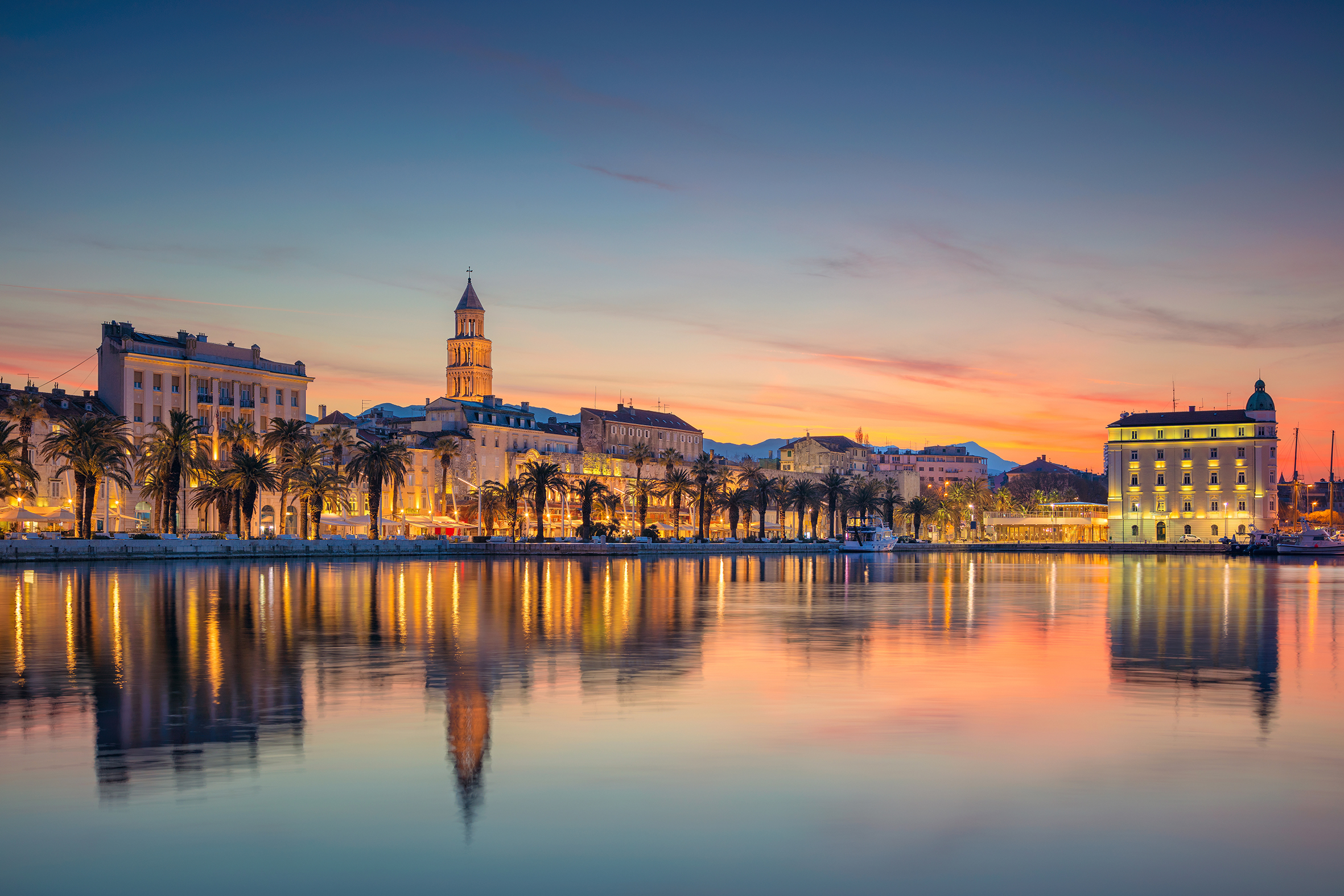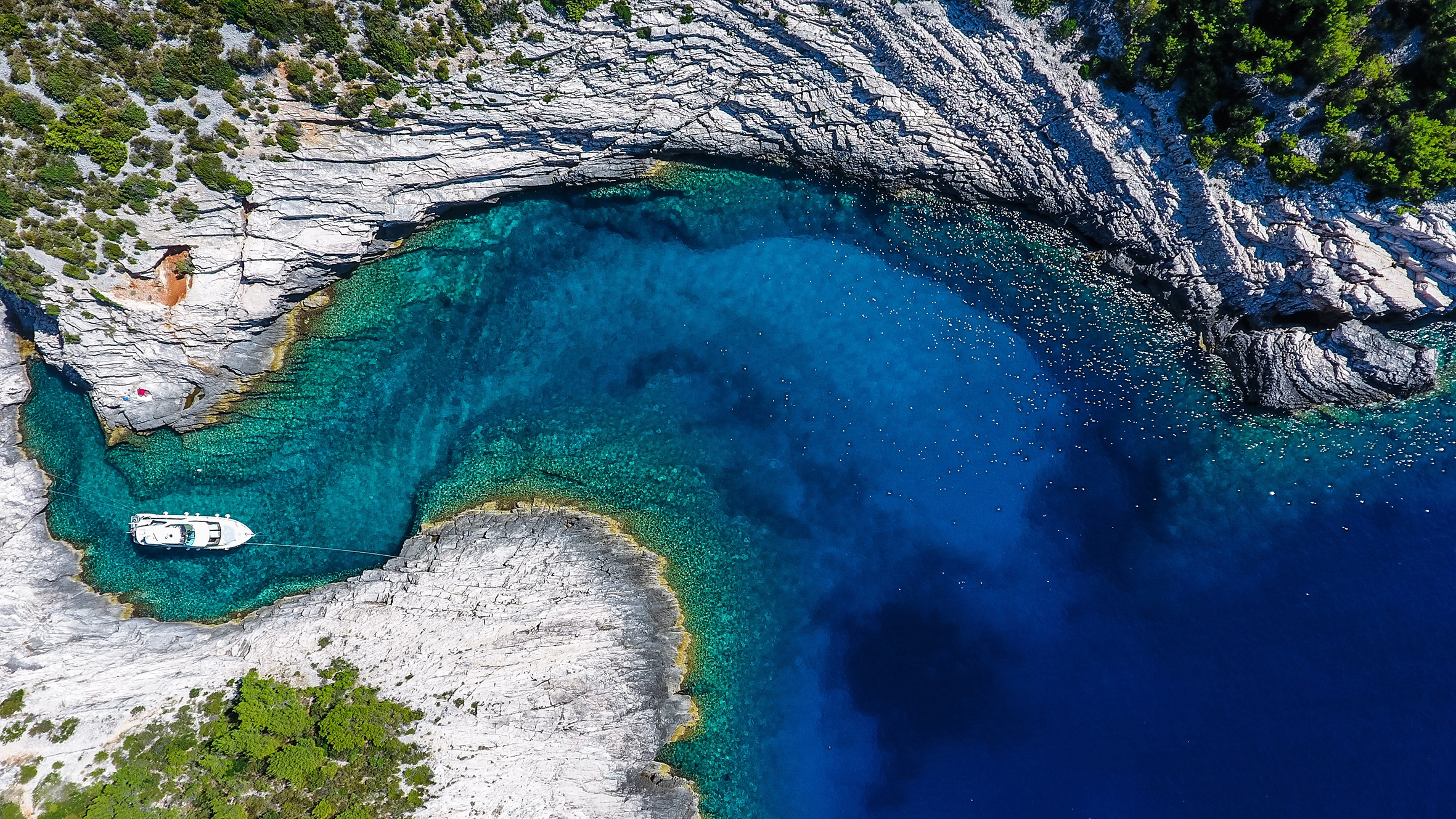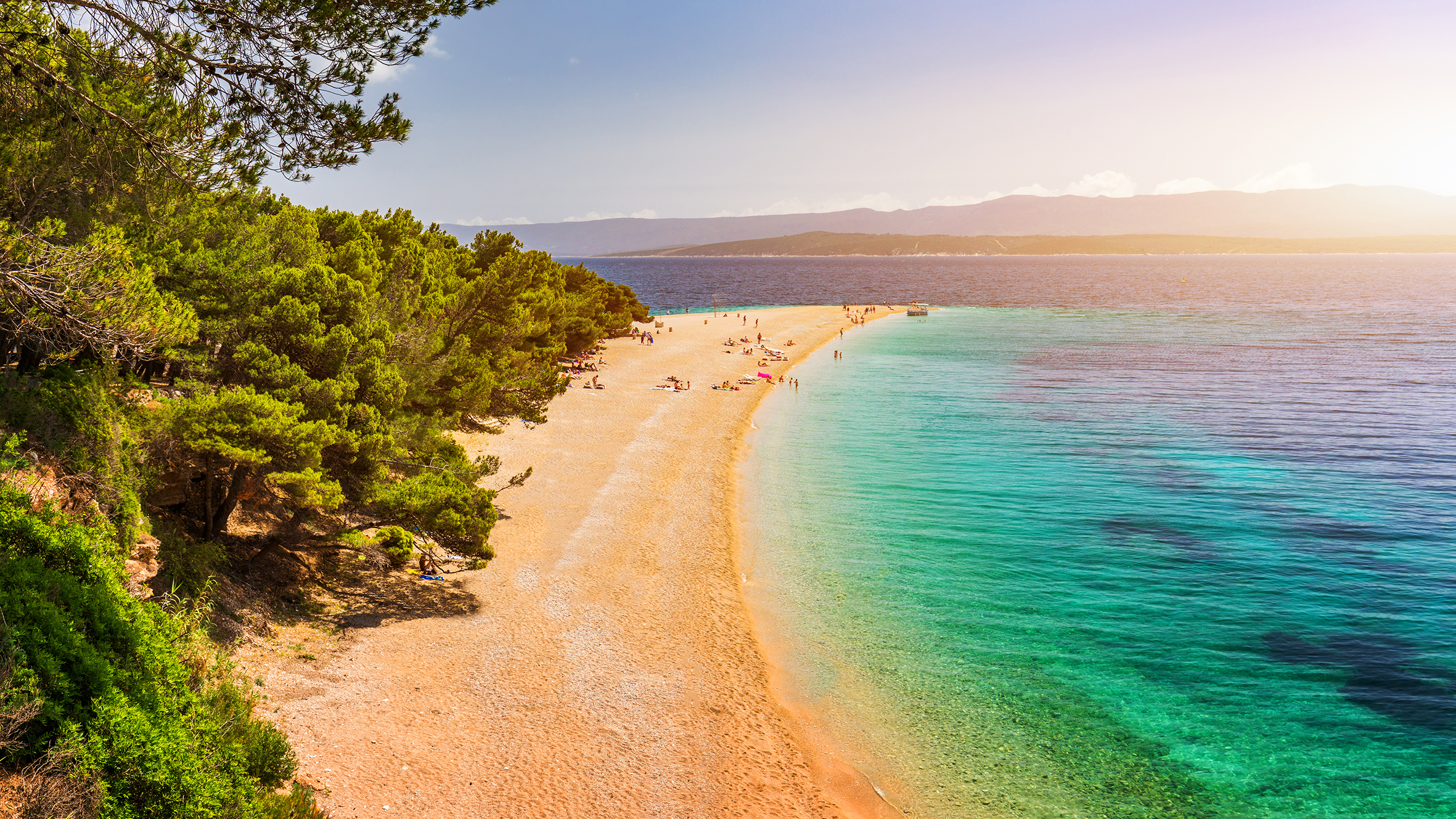Sailing around Split region offers a mix of adventure, relaxation, and cultural experiences, making it a memorable journey!
Split
Explore Split's Timeless Beauty
Split’s combination of ancient ruins, vibrant street life, and stunning natural beauty creates an enchanting atmosphere that feels both historic and alive. Whether you’re wandering through the narrow streets of the Old Town or relaxing by the sea, the city invites you to savor its timeless beauty.
Learn more about:
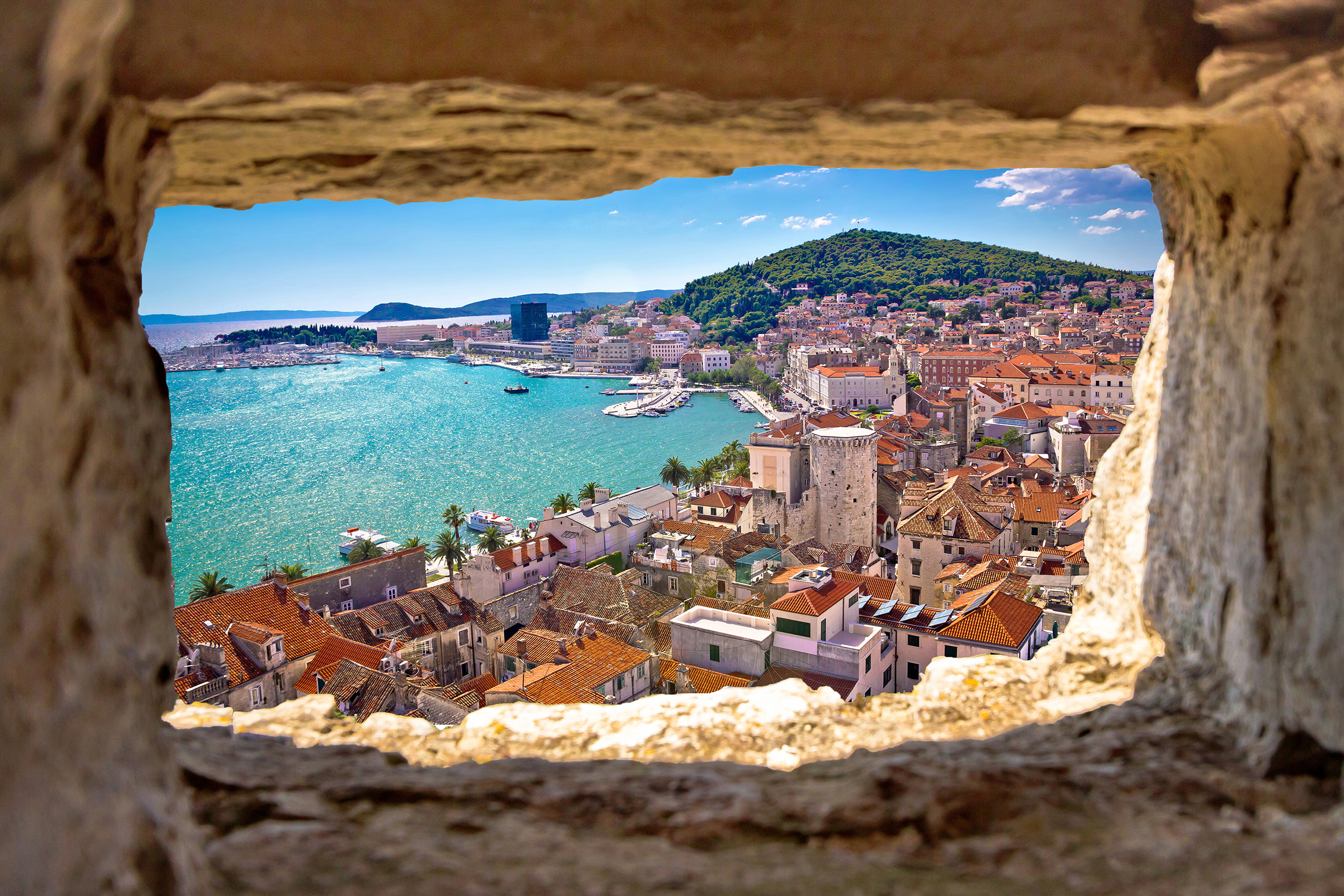
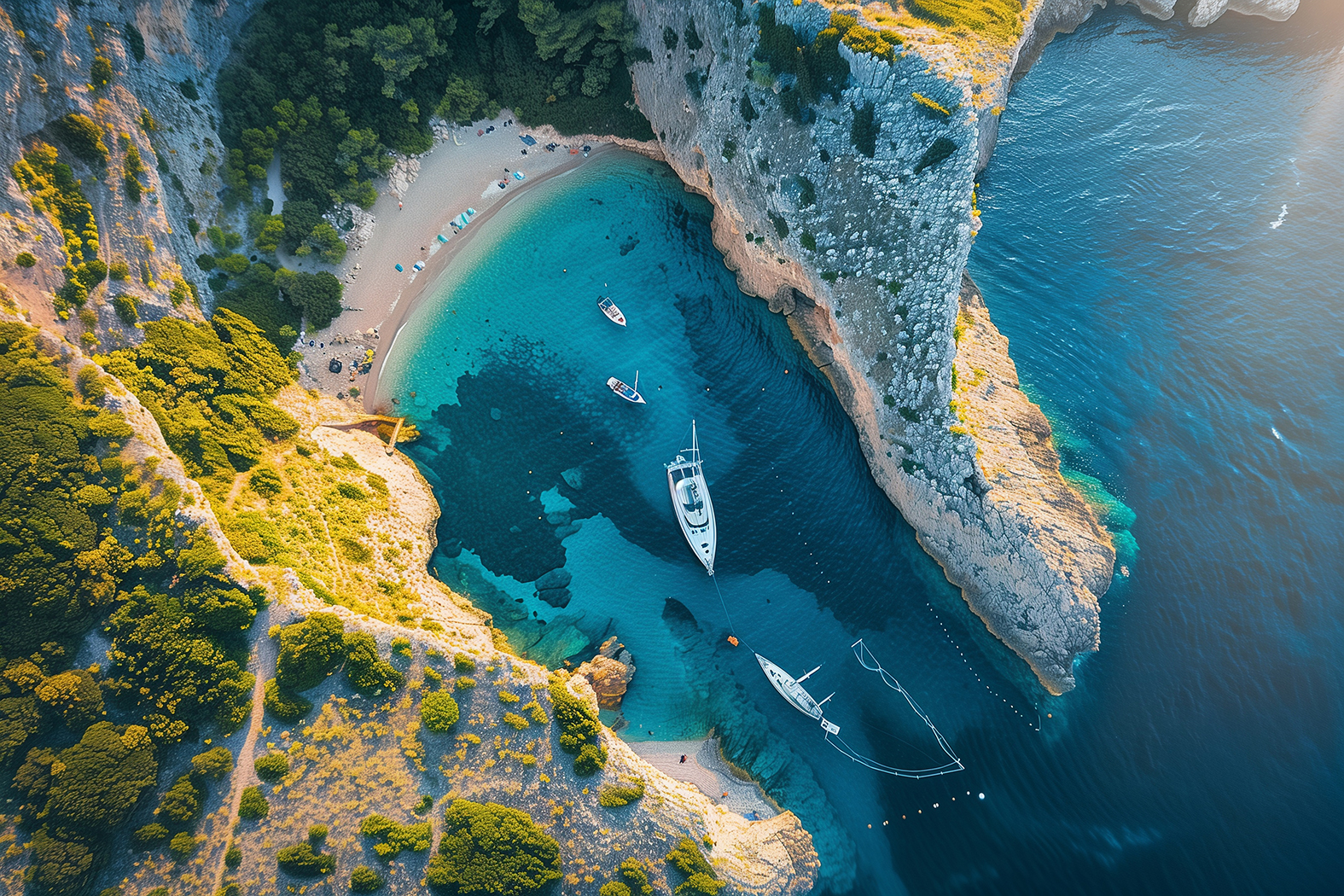
A Sailor’s Paradise
With its stunning scenery, rich history, and welcoming culture, the Split region truly is a sailor’s paradise. Whether you’re an experienced sailor or a novice, exploring the Adriatic coastline and its islands offers endless opportunities for adventure, relaxation, and discovery. Charming islands as Brač, Hvar, Vis or Šolta will take your breath away. The Blue Cave on Biševo Island, nearby, is a must-visit.
A Journey Through History
Split dates back to the 3rd century AD as the retirement palace of the Roman Emperor Diocletian, who built an enormous palace that later became the nucleus of the city. Over the centuries, Split evolved from a Roman stronghold into a vibrant medieval town, showcasing a blend of Roman, Gothic, and Renaissance architecture that reflects its rich historical heritage.
Island-Hopping Adventures
Island hopping from Split is a fantastic way to explore the stunning islands of the Adriatic Sea, each with its own unique character and charm. You shouldn't miss Zlatni Rat Beach, Bol town and Vidova Gora on Brač, lavender field on Šćedro, Hvar town on Hvar, a picturesque fishing village Komiza on Vis or a charming village Maslinica on Šolta Island.
When is the best time to visit Split ?
The ideal time to visit Split region is from May to October, when the weather is warm, the sea is calm, and the island comes alive with energy and culture. Peak months are July and August, however May, June, and September offer a more relaxed experience.
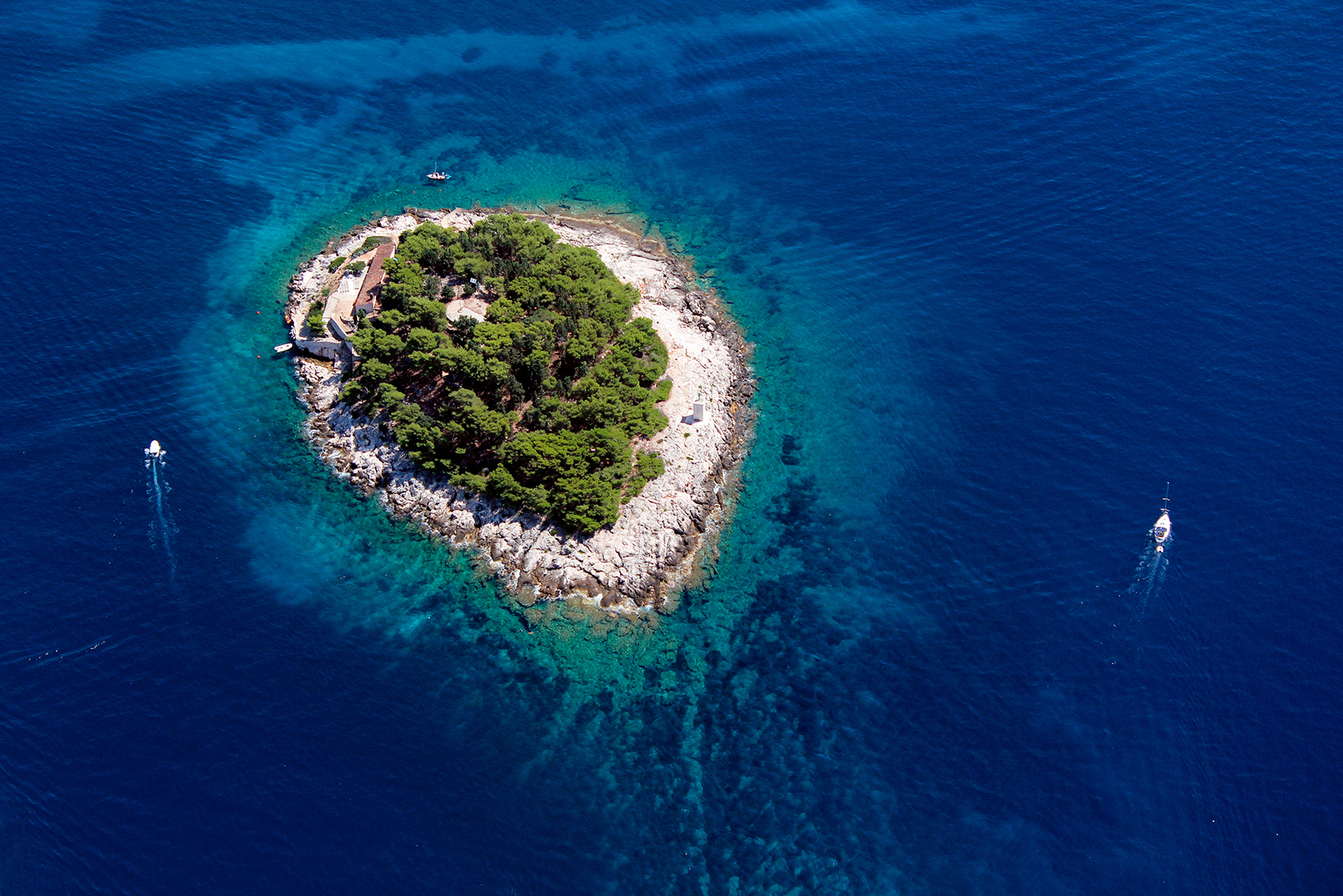

What are the Mooring Fees in Croatia?
Mooring fees in Croatia depend on the location and marina type and season. The bustling summer season may see higher rates, while smaller marinas may offer lower costs. Expect amenities like water, electricity, and Wi-Fi in most locations.
Croatia’s marinas are modern, but can be expensive for yachts berthing in July and August, and the costs are always increasing. You can book your berths in advance at some marinas and plan your budget accordingly.
For low cost mooring fees in Croatia, use your dining stops to get a deal. Restaurants in Croatia are plentiful and many offer free mooring if you make a reservation, especially in Split and Hvar.
You can also avoid the high-spec marinas and head for fishing villages, where you can moor for a fraction of the cost, but these are popular so get there early. Or you can anchor or use a mooring ball for free or at low cost in beautiful bays.
You will have to pay entrance fees to the eight national parks in Croatia. Visit the Kornati National Park website for details of the current fees.
Things to Do in Split Region
Choose Split or Trogir base to start your dalmatian journey. Don’t miss the medieval city before sailing to Šolta, Vis, Brač or Milna. Try the blue caves at Bisevo Island and upmarket Hvar for its nightlife, or stroll the UNESCO Stari Grad Plain.
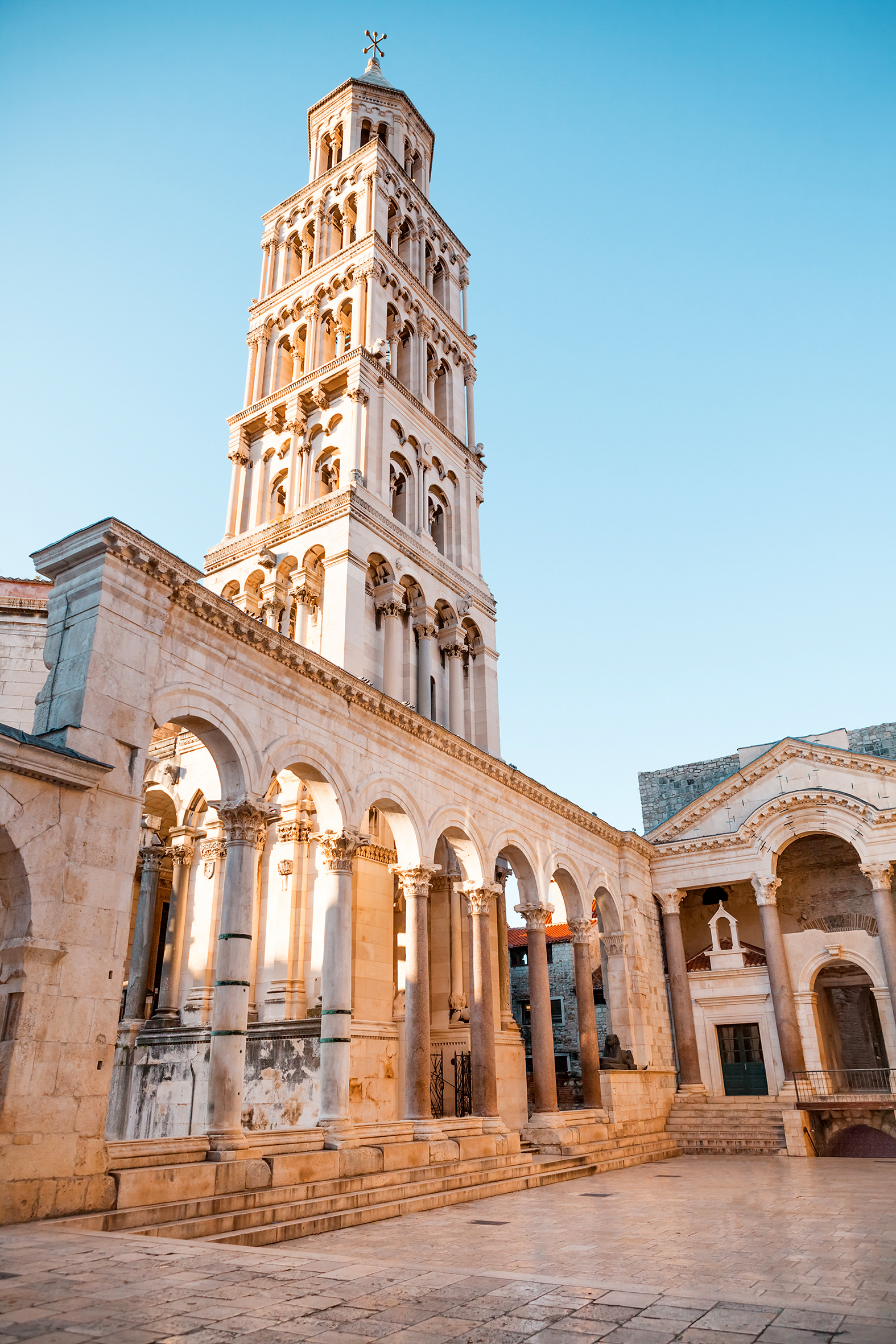
Visit Diocletian's Palace
Be sure to explore the UNESCO World Heritage site of Diocletian's Palace in Split itself, which offers a fascinating glimpse into Roman history. Its massive walls, beautifully preserved structures, and intricate architecture blend seamlessly with the modern city.
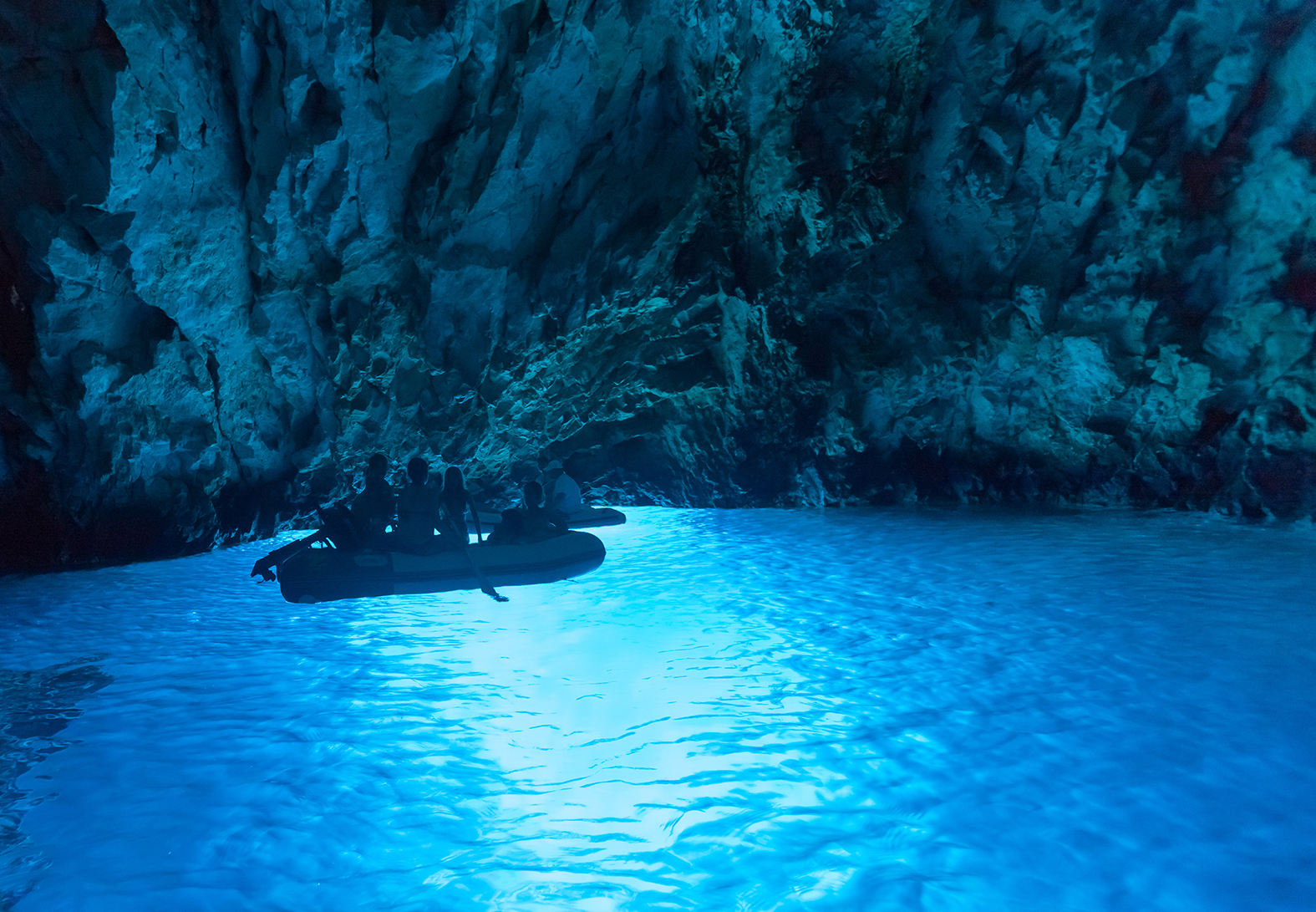
Explore Blue Cave on Biševo
Visit the tranquil Blue Cave on Biševo Island, where the natural light creates a magical blue glow, making it a breathtaking experience not to be overlooked. Accessible by boat, the cave features a small entrance that allows sunlight to penetrate, creating a magical blue glow inside the cavern.
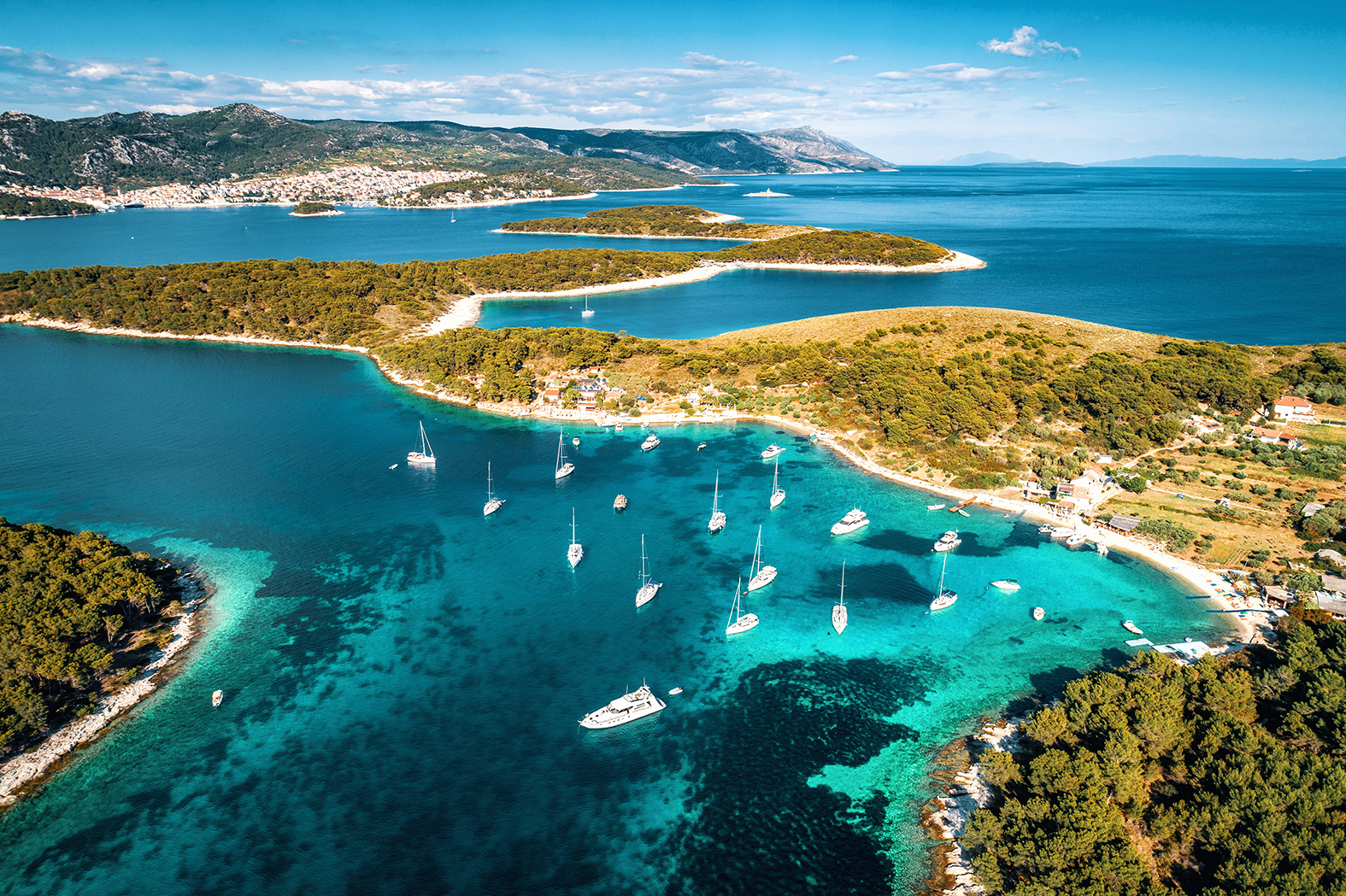
Palmizana Bay
Located on the Pakleni Islands, just off Hvar, Palmizana is known for its beautiful beaches, vibrant marine life, and lush Mediterranean vegetation. It’s a great spot for snorkeling and dining at beachside restaurants. Hiking trails offer breathtaking views of the surrounding islands and the Adriatic Sea.
What are the Sailing Conditions in Croatia?
Sailing in Croatia’s offers calm seas, predictable winds, and beautiful weather. From May to October, conditions are ideal for smooth sailing.
The south easterly jugo, blows warm, moist air toward the mainland in autumn and winter.
One wind system in Croatia to watch is the bura (bora), a cold, dry wind that blows from the mainland from the northeast in sudden, powerful gusts, bringing dry air and cooler temperatures.
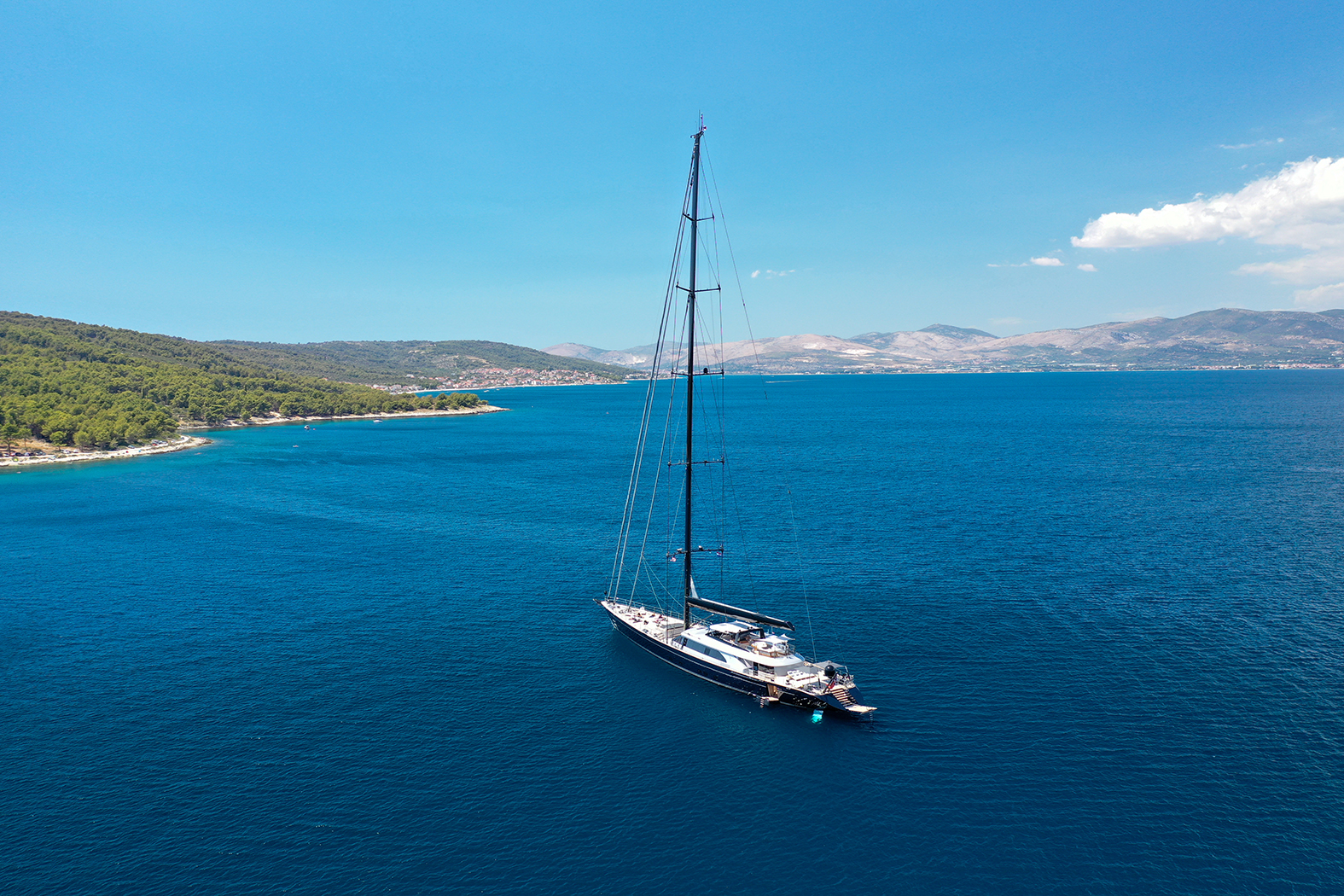
Useful Information for Yacht Charter in Split
Immerse yourself in the crystal-clear waters, and vibrant islands. Stunning natural beauty, rich cultural heritage, variety of sailing options all together with welcoming atmosphere and culinary delights make this region a top sailing destination.
What is the official language in Croatia?
The official language is Croatian, but many people in the main cities and islands speak good English.
How do I get there?
The closest airport is Split Airport (SPU) - It is the main airport serving Split and Trogir and is located about 25 kilometers (15 miles) west of the Split city center in the town of Kaštela
Croatia has a well-developed highway network, primarily consisting of motorways (autoceste) that facilitate travel across the country. Driving to Croatia can be a fantastic way to explore the beautiful landscapes and charming towns along the way.chat gpt
What about the internet?
Internet access in Croatia is good, with plenty of Wi-Fi spots at independent cafes and restaurants in the main cities and town. Almost all charter operators offer Wi-Fi on board.
What is the currency in Croatia?
The currency in Croatia is the Euro.
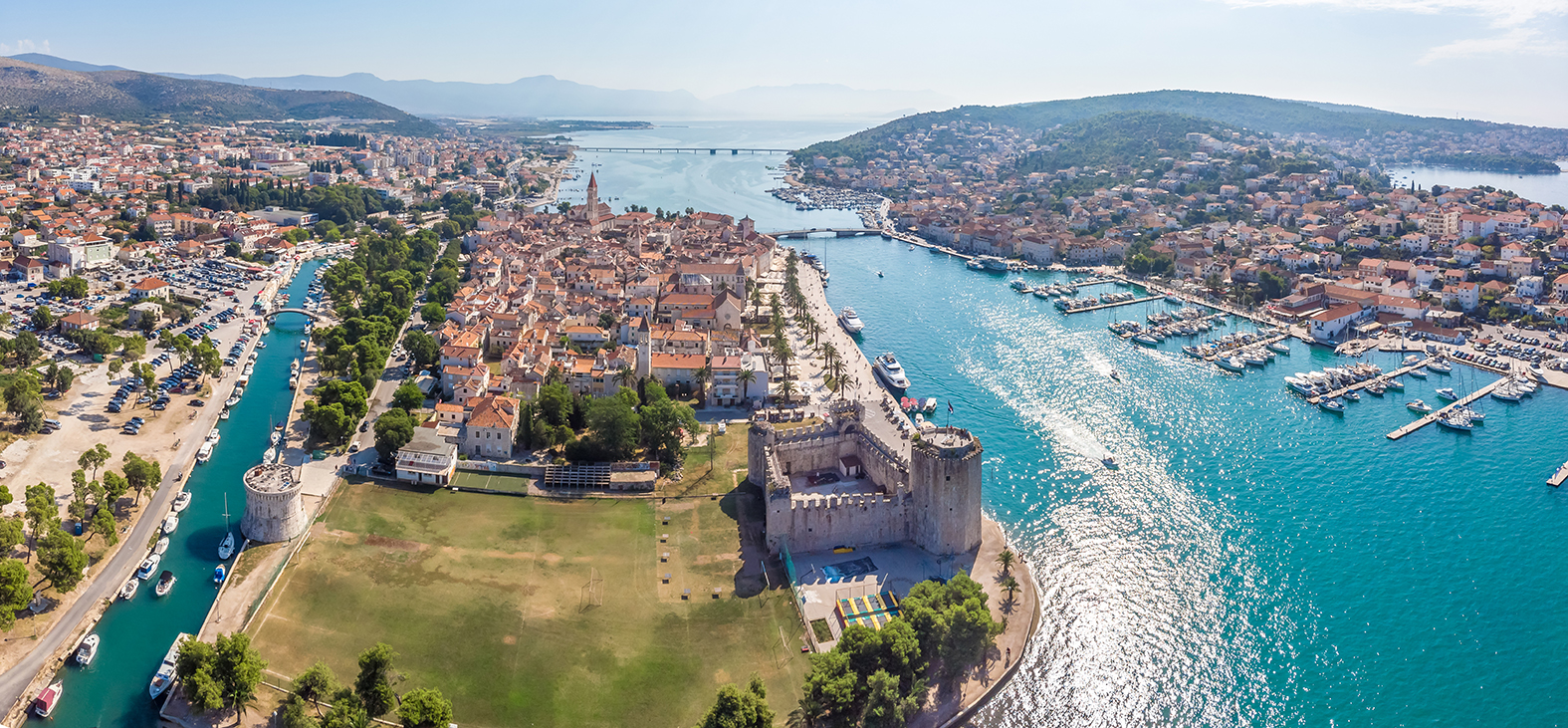
We're here to help you set your sail
Whether you have questions, need advice, or are ready to book your next adventure, our team is here to assist you. Your perfect sailing experience is just a message away—let's start planning today!

